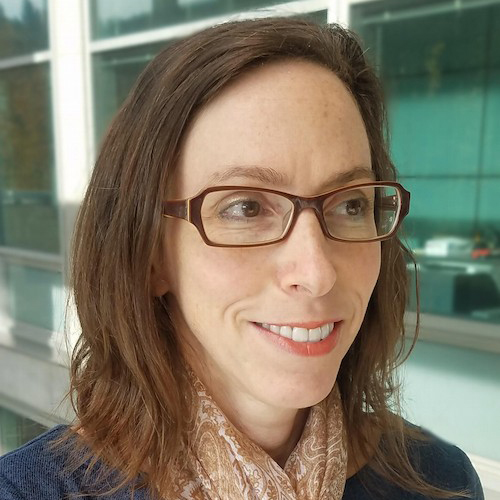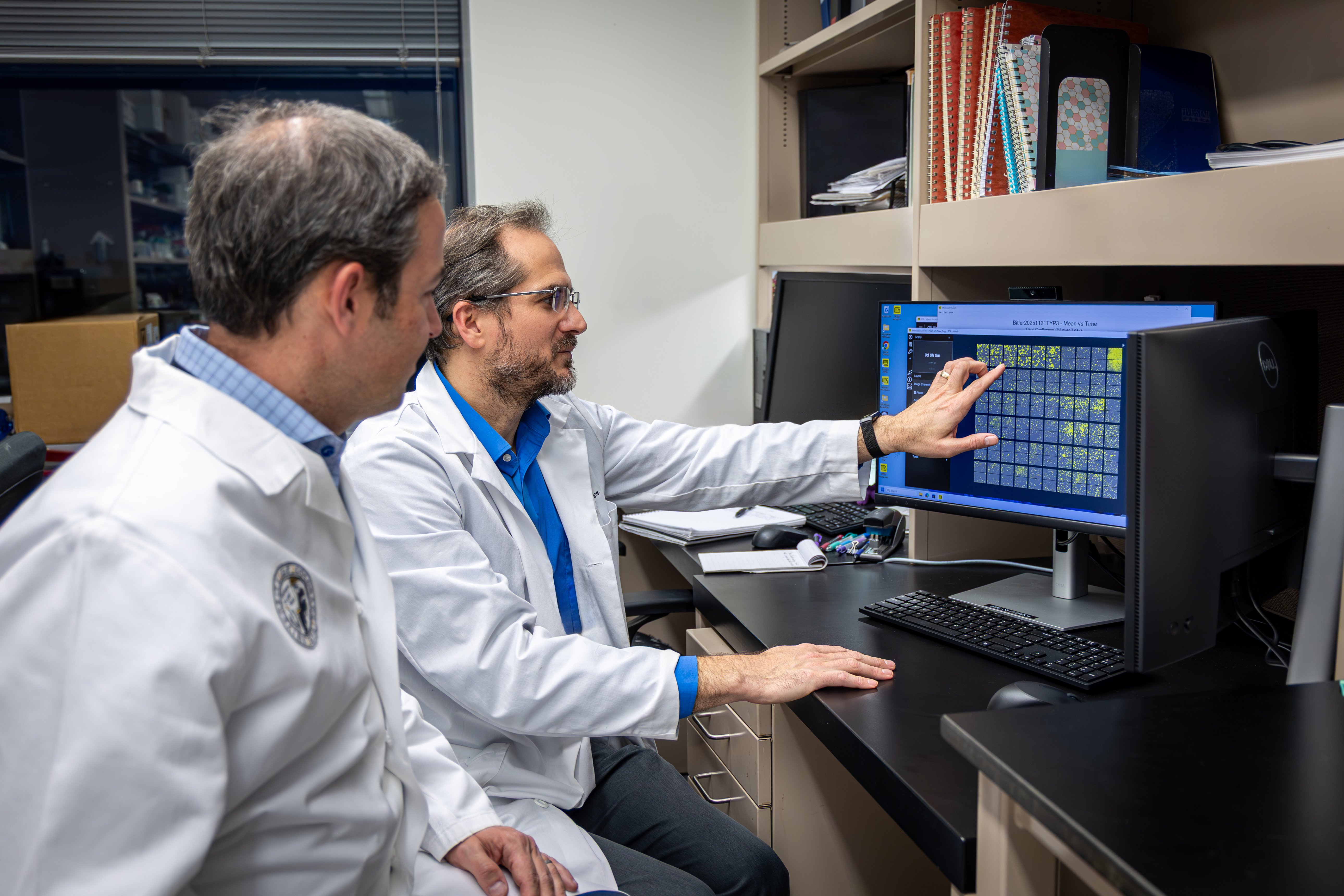Can you explain why something labeled rare is such a big focus in the medical science field?
A new rare condition is discovered every week. By some estimates, 10% of the population has a rare condition. Although not all of the conditions are life-threatening, it constitutes a significant part of the population. So, collectively, rare conditions are not rare at all. And rare conditions can be rare in some geographic areas and not in others, for example, Sickle cell anemia.
Is CU Anschutz a destination medical campus for patient families struggling with undiagnosed disorders and, if so, why?
Yes, CU Anschutz, and Children’s Hospital in particular, is renowned for diagnosing and treating rare diseases. We have a very good diagnostic lab at the Children’s Hospital Colorado, which serves the Rocky Mountain region. It is a major destination for getting diagnoses if you have a child that you think might have a rare condition. We also have a good spectrum of clinician experts in different rare diseases, and that includes on the adult side as well.
In diagnosing rare diseases, what are some of the challenges that your team focuses on overcoming?
Most clinicians who see a patient with a rare condition are not likely to have ever seen that rare condition before or to ever see it again in their careers. So how do you help those clinicians identify what disease the patient has so that we can identify the cause of the disease? Then we might have an intervention that could ameliorate the condition or even save the life of that patient.
The other challenge is helping patients find each other. For very rare conditions, if we have just an N of 1 (one patient with that disease), it’s very hard to know if that person is representative of all individuals that have the condition. But once we find another family that has the same disease, we can begin to understand the mechanistic basis, whether the specific variation of the genome or the environmental cause. So we try to promote the idea of match-making patients around the world to try to find other families that have the same disease.
Can you describe the importance of open science to your work?
We are enormous open science enthusiasts in all we do, but for rare conditions, the need for open science is especially acute. Rare diseases are a global problem. If we openly share this knowledge about the diseases and the data about the individual patients, it becomes possible to find the N of 2 patient to validate a diagnosis.
Could you define citizen science and its role in rare disease research?
Citizen science is essentially science that’s performed by people who are not necessarily trained in that area of science. And in the context of rare conditions, that often includes patients or family members of patients who have a rare condition. Simply by living it, these patients and families become experts about those rare conditions and want to contribute this expertise to benefit others.
I’m strongly committed to patient engagement in the process of doing the science – all the way from the diagnostics to the mechanism of discovery to doing clinical trials or other research studies. I think the patients are absolutely a fundamental partner in that. Even at the level of patients actively participating in the research – studying, researching all the papers, giving ideas to the scientists about how to evaluate certain outcomes or validate certain hypotheses – it’s foundational through the lens of rare diseases.
Can you share an example of citizen science making a difference in rare condition discovery?
One of my favorite examples is my dear friend and colleague Matt Might. He’s a computer scientist who had a child who had a rare condition, and he basically scraped the web to find other patients that had the same symptoms. And he really helped his child get a diagnosis and then started a foundation. He has found like 50 families now. That’s a really great and famous story, but there are a lot of stories like that.
What is one example of how your team incorporates patients in your work?
We have this resource called the Human Phenotype Ontology. It’s basically a standard guide for describing individual phenotypic characteristics as symptoms in patients. A lot of the related kinds of terminologies or coding systems that you find in the clinic, like the ICD (International Classification of Diseases), are designed for billing or quality of care; they don’t contain terms that describe patients’ features.
For example, if a patient has “spider fingers,” that’s not something we can bill for or necessarily fix, so it wouldn’t be found in any current regular billing terminology, but it is something that is incredibly useful for diagnosis. So HPO, this ontology that we have developed, has now become a global standard for describing rare condition patients’ characteristics.
We’ve translated it into what I call layperson-ese. Basically, patients can now describe themselves. So spider fingers would be the plain language term, whereas arachnodactyly is the clinical term. Patients might not know arachnodactyly, but they would be able to recognize that their children had long, spidery fingers. So we created a translation guide and then also some tools that allow patients to phenotype themselves and then share that information with their clinicians.
Clinicians then combine that with their own characterization of the patients when they send off for the diagnostic work.
Can you share an example of how your team has gathered and redistributed information to aid in diagnoses?
In order for us to really build good mechanistic discovery tools and diagnostics tools, we need more granular details about each individual case. We need actual individual correlations. And so, working in the Global Alliance for Genomics and Health (GAGH), we created a standard called Phenopackets. After six years of refinements and community coordination, Phenopackets have also been released as an ISO (International Organization for Standardization) standard.
Basically, it says: Here are the ways in which we can describe an individual patient and collect that information in a completely privacy-preserving way. We can then see patterns of disease and symptom progression that delineate a subtype of that disease that might have a different underlying mechanism and therefore a different target for a therapy development.
And, more generally, finding the N-of-2 family is much easier when you have this level of case description. Finally, the Phenopackets help the clinical labs when they are contacted by clinicians for doing diagnostic workup. Generally, if clinicians order a whole exome or a whole genome to try to figure out what the variant might be that’s causing a patient’s rare condition, they send over a PDF of the entire electronic health record (EHR) or a candidate diagnosis.
Neither of those two things are computationally useful for the clinical labs. The Phenopacket allows clinicians to send over this case level information at a granular enough level that it’s useful computationally. And we have shown over and over again that diagnostics based solely on sequence alone are greatly enhanced by the use of phenotypic data in combination with the genomics data.
What else would you like to add?
Informatic research that involves data sharing, standardization and integration really helps drive forward research about rare conditions, and that’s really our team’s major goal: to provide those kinds of technologies for any kind of research but especially in rare disease. It’s absolutely critical that we have these partnerships across basic science, clinical research and the patient. And the data streams that come from those three areas also have to be interoperable. So it’s really that triad: three pillars of the stool. Research on rare diseases cannot happen effectively without all three pillars working well together with informatics as the glue.
Note: This interview has been edited for length and clarity.





